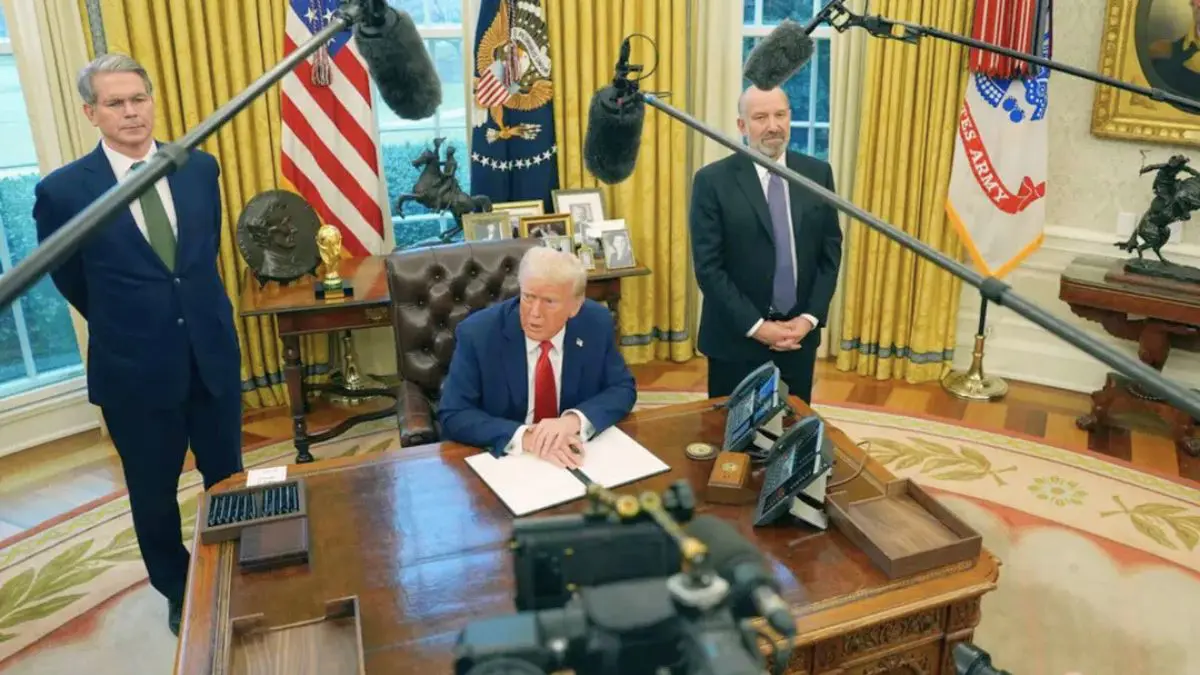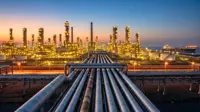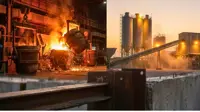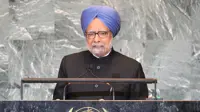Trump signs orders to revive U.S. coal industry amid rising energy demand
09 Apr 2025

In a move that underscores his commitment to traditional energy sectors, former President Donald Trump signed a series of executive orders Tuesday aimed at reviving the U.S. coal industry—long in decline amid growing global and domestic momentum toward cleaner energy sources.
The timing is notable. For the first time in two decades, electricity demand in the U.S. is climbing, fueled by the rise of energy-intensive technologies like artificial intelligence, electric vehicles, and cryptocurrency mining. That growth is prompting some policymakers and industry players to reexamine energy reliability and supply diversity, including the role coal might still play.
Standing at the White House flanked by coal miners in hard hats, Trump proclaimed, “We’re bringing back an industry that was abandoned,” adding, “We’re going to put the miners back to work.” It’s a clear nod to his political base and a workforce that has shrunk from around 70,000 miners a decade ago to roughly 40,000 today.
Coal’s share in the U.S. power mix has plummeted, dropping from 50% in 2000 to under 20% today, according to the U.S. Energy Information Administration. That steep decline has been driven by a combination of cheap natural gas—made more accessible through fracking—and aggressive investment in wind and solar power.
What the executive orders do
The new directives take several key steps aimed at reversing coal’s trajectory:
- Invoking the Defense Production Act (DPA): The orders unlock emergency authorities under the 1950 Defense Production Act to prevent the closure of coal-fired plants and to boost coal output. This rarely-used provision is typically reserved for national emergencies and defense needs.
- Redefining critical materials: The Department of Energy has been instructed to assess whether metallurgical coal—used in steelmaking—should be classified as a “critical mineral.” That label is normally applied to rare-earth elements vital to high-tech defense and energy systems. If approved, it could justify future subsidies or production mandates.
- Legal challenges to state climate laws: Another order directs the U.S. Attorney General to identify state-level environmental laws that restrict coal development and challenge them through legal channels. This could set up federal-versus-state legal battles over energy policy.
- Access to federal financing: Following the executive orders, the Department of Energy announced $200 billion in available funding through its loan programs office. This could potentially support advanced coal technologies or plant upgrades, though critics say it’s a gamble on an increasingly obsolete industry.
Market and industry reactions
Reactions to Trump’s coal push have been mixed. Industry groups representing miners and coal plant operators welcomed the move, seeing it as a much-needed intervention in a sector besieged by regulatory pressure and market competition.
Environmental groups and clean energy advocates, however, criticized the orders as short-sighted. Many argue that doubling down on coal undercuts global efforts to decarbonize, risks stranded assets, and overlooks the economic opportunities in renewables and grid modernization.
Wall Street analysts were also measured in their response. While the announcement could provide temporary relief for distressed coal operations, few expect it to reverse the long-term decline of coal in U.S. energy markets. Investor interest in coal remains low due to ESG (Environmental, Social, and Governance) concerns, and insurance companies continue to pull back from underwriting new coal projects.
Business implications
For companies in energy, steel, rail transport, and heavy industry, these orders could create a short-term window of opportunity. Metallurgical coal producers and rail companies that service coal basins might benefit if steel-related demand increases or if plant closures are delayed.
However, firms aligned with clean energy or those focused on ESG compliance may face increased regulatory uncertainty, particularly in states that resist federal preemption of their climate laws.
FAQs: What business leaders should know
1. Why is electricity demand rising now?
Electricity usage is increasing due to the growth of AI data centers, the rise of electric vehicles, and blockchain applications like cryptocurrency mining—all of which consume massive amounts of power.
2. Can coal realistically make a comeback?
Not on a large scale, say most analysts. While the executive orders may delay some plant closures or stimulate metallurgical coal production, market forces still overwhelmingly favor natural gas and renewables.
3. What is metallurgical coal, and why does it matter?
Unlike thermal coal, which is burned for power, metallurgical (or “met”) coal is used in steelmaking. If designated a “critical mineral,” it could receive strategic support, subsidies, or emergency funding from the federal government.
4. How does this affect clean energy investments?
In the short term, it could create regulatory friction and policy uncertainty, particularly in states
Taken together, these developments offer more than just a policy shift—they signal a broader willingness by Washington to intervene in energy markets through emergency powers and regulatory pressure.
Trump’s executive orders represent a bold effort to revive the U.S. coal industry at a time when power demand is rising and energy infrastructure is under pressure from new technologies. While the move may provide a temporary boost to coal operations and related sectors like steel and freight, the broader market dynamics still favor cleaner and more cost-effective energy sources.
For business leaders, the real signal lies in this renewed federal assertiveness—introducing both opportunities and uncertainty for industries navigating the energy transition in a carbon-conscious economy.






















